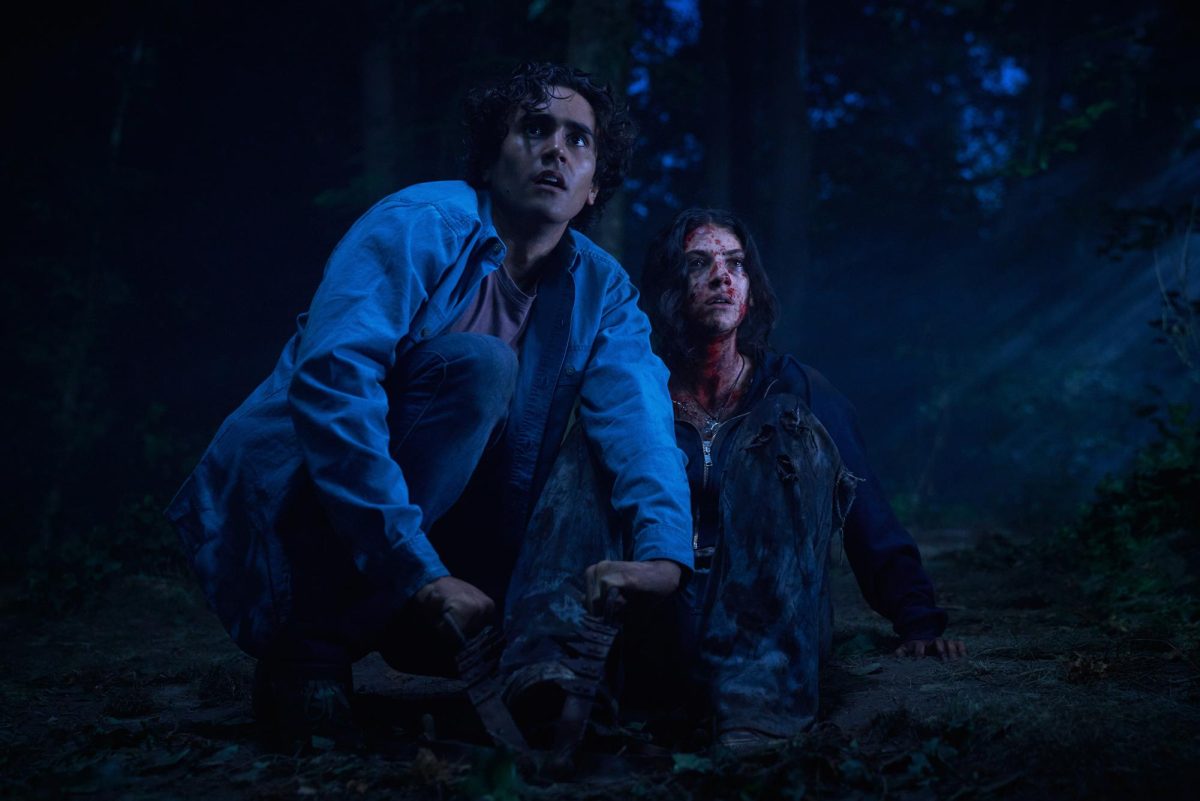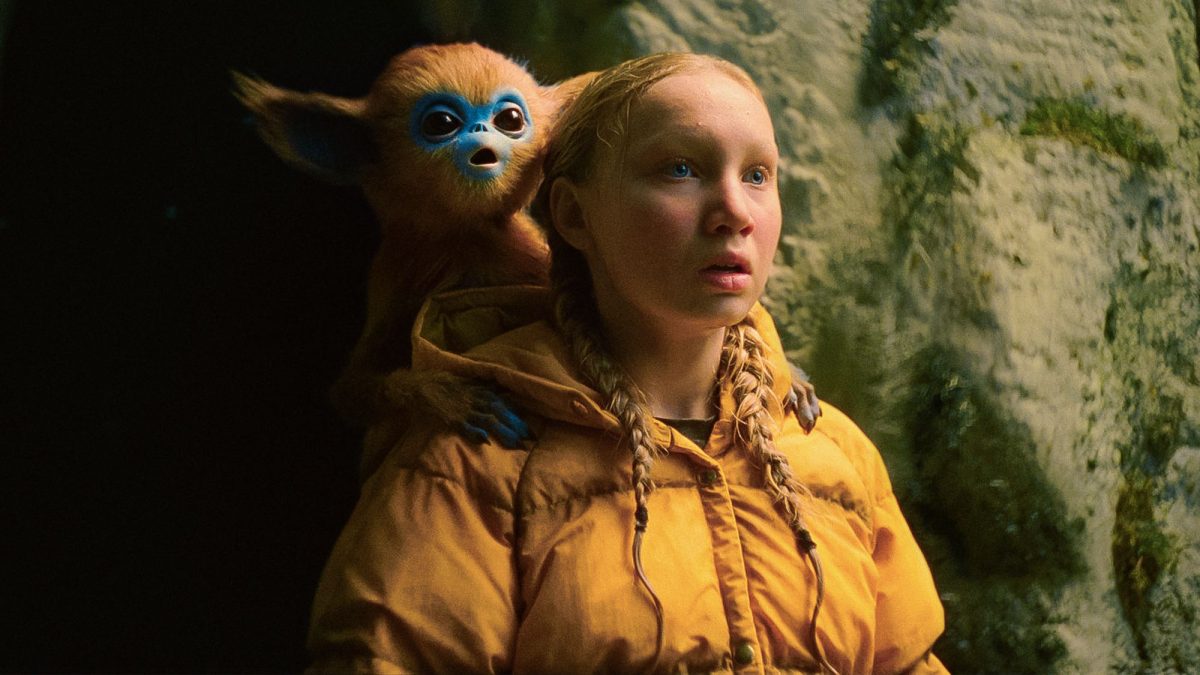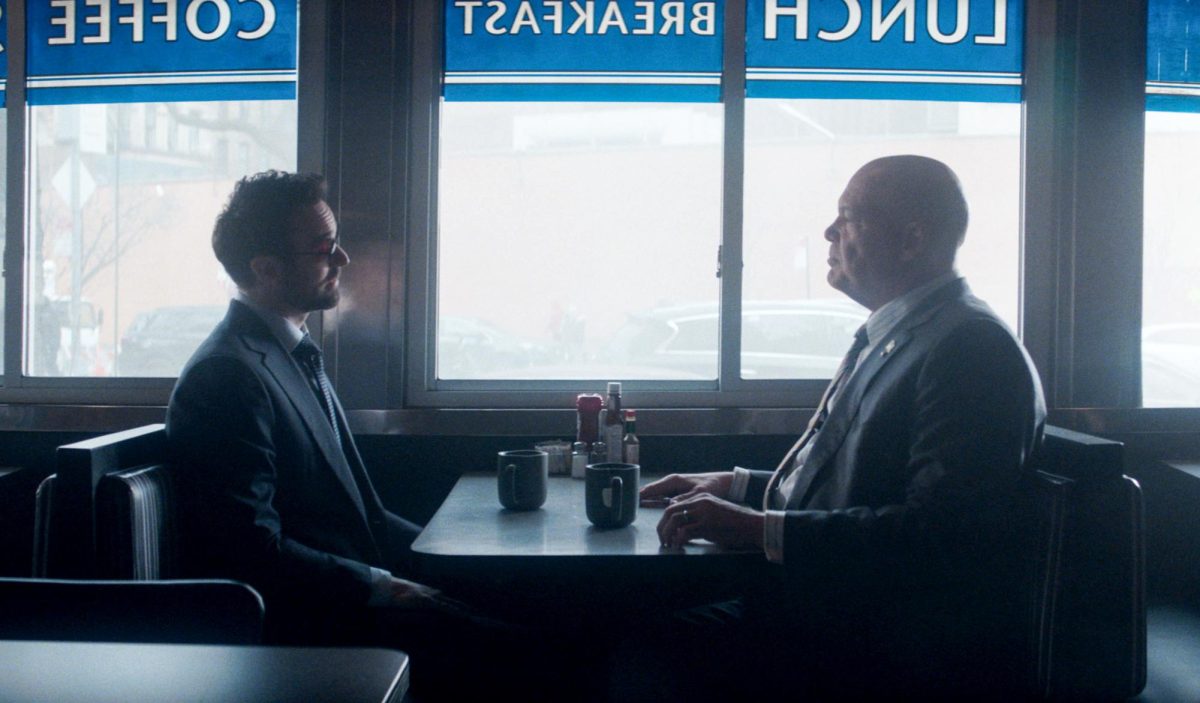“Infamous” and “Infamous 2,” developed by Sucker Punch Productions for the PlayStation 3, captures the essence of being a superhero in a fictional, explorable city, modeled after New York City and New Orleans, respectively. Released on the new generation of consoles, “Infamous Second Son” is a visually dazzling spectacle that shows off what these consoles are capable of, despite its lackluster story.
Set seven years after the events of “Infamous 2,” “Infamous Second Son” has the player control Delsin Rowe, a rebellious young Native American man who finds out he is a conduit, an individual with supernatural abilities, enabling him to absorb the powers of those he touches. After acquiring the ability to manipulate smoke, Delsin enters Seattle with his older brother, Reggie, in hopes of absorbing the ability to manipulate concrete to undo the havoc caused to his tribe by another super-powered conduit.
Carrying the game’s story is its visually mesmerizing graphics. The lighting and particle effects make the game come alive, and the characters realistically show genuine emotion. Neon signs reflect against wet concrete in dazzling clarity; flames light up buildings as smoke dances across battlefields in a hypnotic fashion.
Despite this leap forward in visuals, the mechanics of the game are largely similar to its previous generation predecessors. Through Delsin, players explore a city broken up into different regions and gain powers as they progress through the narrative. Delsin unlocks slightly different upgrades to his powers depending on if the player makes “good” or “evil” decisions, such as killing or capturing enemies. But for the most part the powers are the same, taking away some of the variety in the powers that the previous games in the series had.
Compared to the series’ previous entries, the story of “Infamous Second Son” seems campy and struggles to define itself. The narrative is almost a retelling of the original game: A man unwillingly gets his powers, enhances his abilities to take on the main threat, all while performing good or bad deeds. While the story hints on themes such as coming of age, youthful rebellion and governmental surveillance, it doesn’t completely address any of them, leaving a gap in the purpose of the plot.
Simply put, gameplay in “Infamous Second Son” is fun. Blasting enemies with smoke missiles, dropping down on foes from skyscrapers and quickly darting around the battlefields never gets old. While entertaining, the side missions and enemies, however, get old quick. Outside the main missions in Seattle, the side missions draw upon six or so types and never vary, with the exception of location. For instance, in his graffiti missions, Delsin will spray-paint a flower in one event and tag a statement on banks in another. But after the first two times, the events become monotonous and are done just for the sake of completing the event.
Sound elements in “Infamous Second Son” don’t hold a candle to the visuals but complement the game regardless. While the music lends to the mood of the scenes, it doesn’t stick out in any regard. Battle music is usually just fast guitars and drums, and besides a cover of Nirvana’s “Heart Shaped Box,” the soundtrack isn’t memorable. Troy Baker, voice of the Booker DeWitt in “Bioshock Infinite” and Joel in “The Last of Us,” delivers Delsin’s lines wonderfully, but the protagonist fails to be anything more than a one-dimensional “rebellious young adult.”
Despite the repetitive missions and the lack of power and enemy diversity, “Infamous Second Son” is a genuinely enjoyable game. While it may not be regarded by critics as “Game of the Year,” it is an impressive visual example showing what the new generation of consoles is capable of producing. “Infamous Second Son” has entertaining combat and breathtaking visuals, stopping this game from going up in smoke and fulfilling the esteemed legacy of the “Infamous” series.











